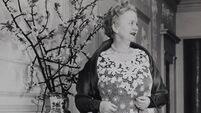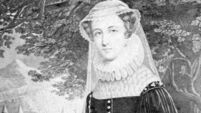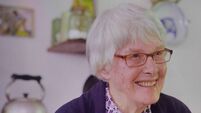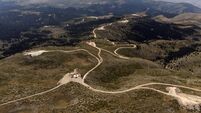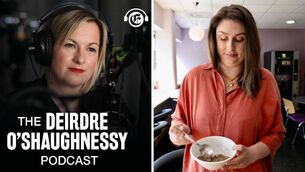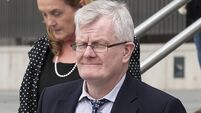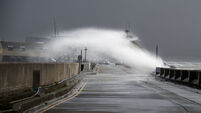Mick Clifford: Why Daniel O’Connell was Ireland's greatest politician

Daniel O’Connell was, during his lifetime and for maybe half a century after his death, considered in many circles to be the greatest Irishman who ever lived.
Daniel O’Connell liked to remind people that he was born in the year that America began to assert its independence. His date of birth was August 6, 1775.
America’s Independence wasn’t completed until the following July 4, but O’Connell was a good storyteller, specific with dates when needed, vague when a convenient narrative required embellishment.
reported that he took great pleasure in noting the coincidence which, “succeeded in persuading his admirers that that incident, taken in connection with others, shadowed forth his destiny as a champion of freedom”.
He was, during his lifetime and for maybe half a century after his death, considered in many circles to be the greatest Irishman who ever lived. That status would come under attack following the violent birth of the independent state in the early 20th century.
The men and women of 1916 were considered in the broad public consciousness to be those whose vision and action led to the establishment of a free state. The narrative was promoted by politicians who had fought at the side or in the shadow of the signatories of the proclamation.
HISTORY HUB
If you are interested in this article then no doubt you will enjoy exploring the various history collections and content in our history hub. Check it out HERE and happy reading
In elevating the blood sacrifice and all that flowed from it, O’Connell’s contribution, and that of others like Parnell, was thus relegated. Yet what the Kerry man achieved was, by any standards, quite amazing.
Arguably, without those achievements - the opening up of some narrow yet vital channels through which native Catholic people could practice their religion, receive an education and promote their culture - he paved the way for those who would secure the State, if not the island nation.
That he did so through peaceful means at a time when violence ruled was, through most the 20th century, ironically seen as a failing rather than a singular triumph. On the day of his birth 250 years ago on August 6, few anywhere could have foreseen his destiny.
O’Connell was born in Carhan outside Caherciveen, one of 10 children. His family was not well off and Daniel, his bright intellect spotted early, was sent out to a wealthy uncle in Derrynane, Maurice ‘Hunting Cap’ O’Connell, when he was young.
Hunting Cap had made much of his fortune through smuggling. He would will Daniel his home and lands which would come in handy when pursuit of politics often left O’Connell broke, although the legacy was a double-edged sword on account of its upkeep.
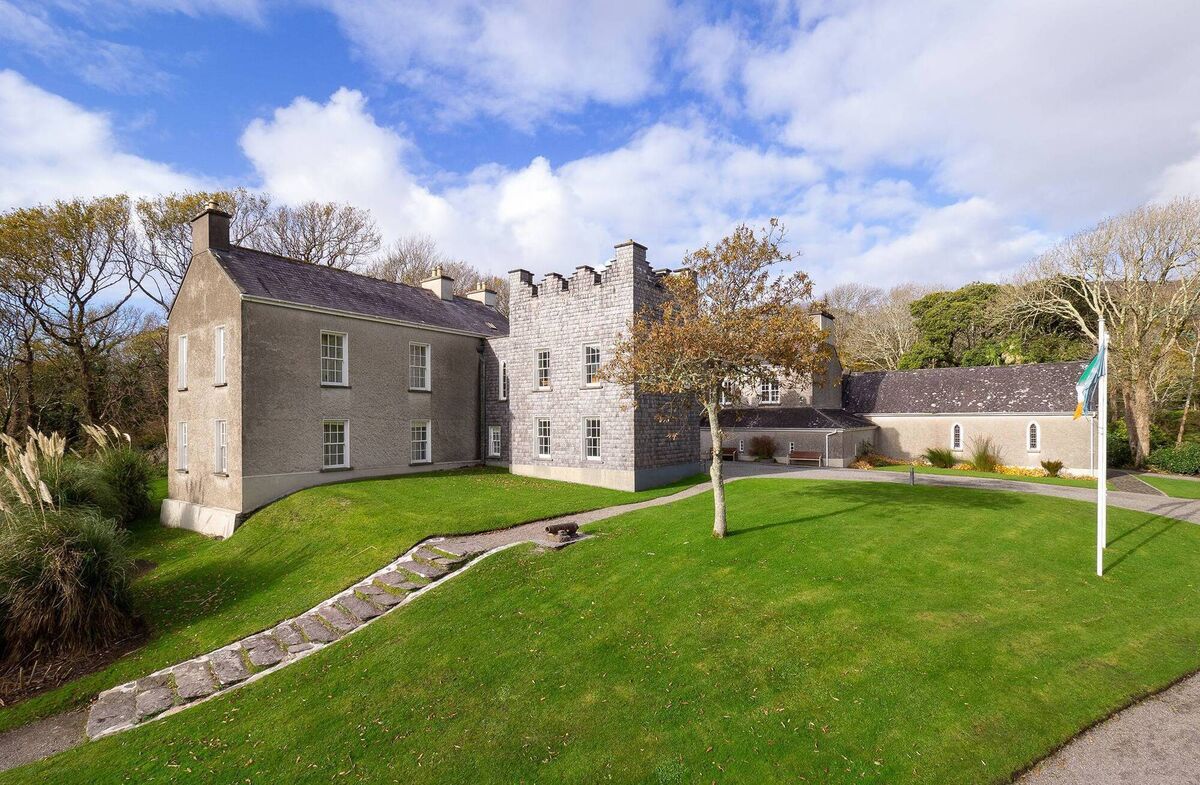
As a Catholic, O’Connell had no right to an education. Hunting Cap sent him to France where he saw the brutal level of violence exercised in that country’s revolution. That was to have a formative influence on him.
“Not for all the universe contains would I, in the struggle for what I conceive my country’s cause, consent to the effusion of a single drop of blood, except my own,” he would state when explaining his politics.
On his return to Ireland he set up as a barrister and quickly gained a reputation as an outstanding counsel. He married Mary O’Connell in a union not approved by Hunting Cap who briefly disinherited his nephew.
The couple had 11 children of whom seven survived into adulthood. After Hunting Cap’s death, the family moved into Derrynane House where Mary spent the rest of her days. The term ‘long-suffering wife’ might well be applied to her.
She is buried in Derrynane and for a long period was, like many women, written into the margins of history rather than taking her rightful place in the centre. Apart from that, her husband was a well-known philanderer.
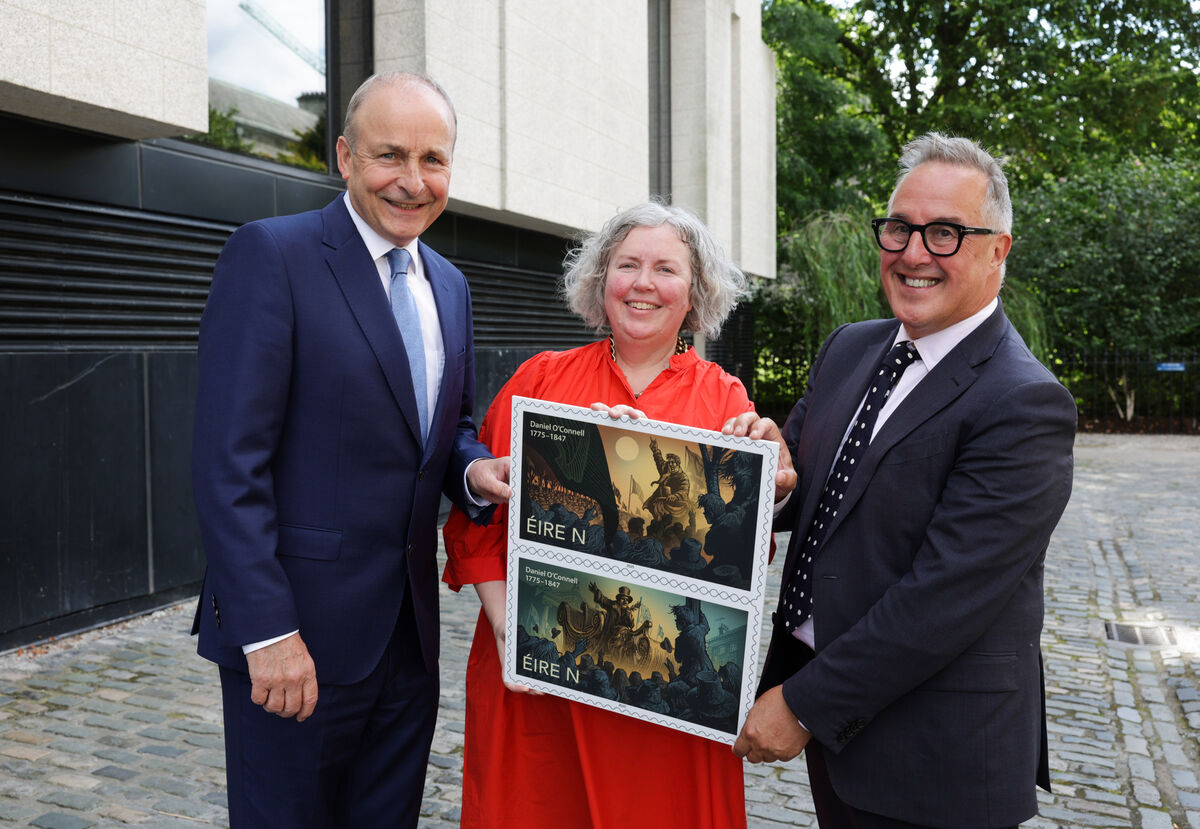
In this respect, he was lucky with his timing. Had he lived in the post-Famine Ireland where the Church took an iron grip of power, he may well have run into serious trouble, as did Parnell for the relatively innocuous business of divorcing his wife for a new partner.
O’Connell’s primary focus for the first half of his political life was Catholic emancipation. For over 100 years Catholics were not allowed to practice their religion or access to an education. He saw it as his task to raise Catholics up off their knees.
As his biographer, Patrick Geoghegan, told an RTÉ documentary O’Connell said he could point out Catholics on any streets “because they were the ones who would shuffle, had bad posture, were afraid of meeting your gaze, beaten down.”
Yet even then, he had his eyes on the Act of Union, which dated from 1800 and joined Ireland to Britain. In 1810, he set out his stall in one speech in Dublin.
It was a cry echoed in the 1916 proclamation under the phrase “cherishing all the children of the nation equally”, but has remained a stumbling block down through the centuries.
In 1815, O’Connell could have met his end. After criticising Dublin Corporation for its treatment of Catholics, one of the council members John D’Esterre challenged O’Connell to a duel.
It took place near Naas and O’Connell, against the predictions, emerged victorious, fatally wounding his opponent. He was, by all accounts, devastated and contributed an allowance to D’Esterre’s daughter for the remainder of his life. He would never duel again and became an implacable opponent of the practice.
In 1823, he formed the Catholic Association and six years later he was returned as an MP for Co Clare. The British had a dilemma as he was not entitled as a Catholic to take his seat. They caved and lifted the restrictions on Catholics.
The enormity of this achievement is difficult to fathom in today’s world, according to Geoghegan.
“Really it was a great civil rights victory because what he was doing was giving the vast majority of the people equal rights in the country,” the historian asserted.
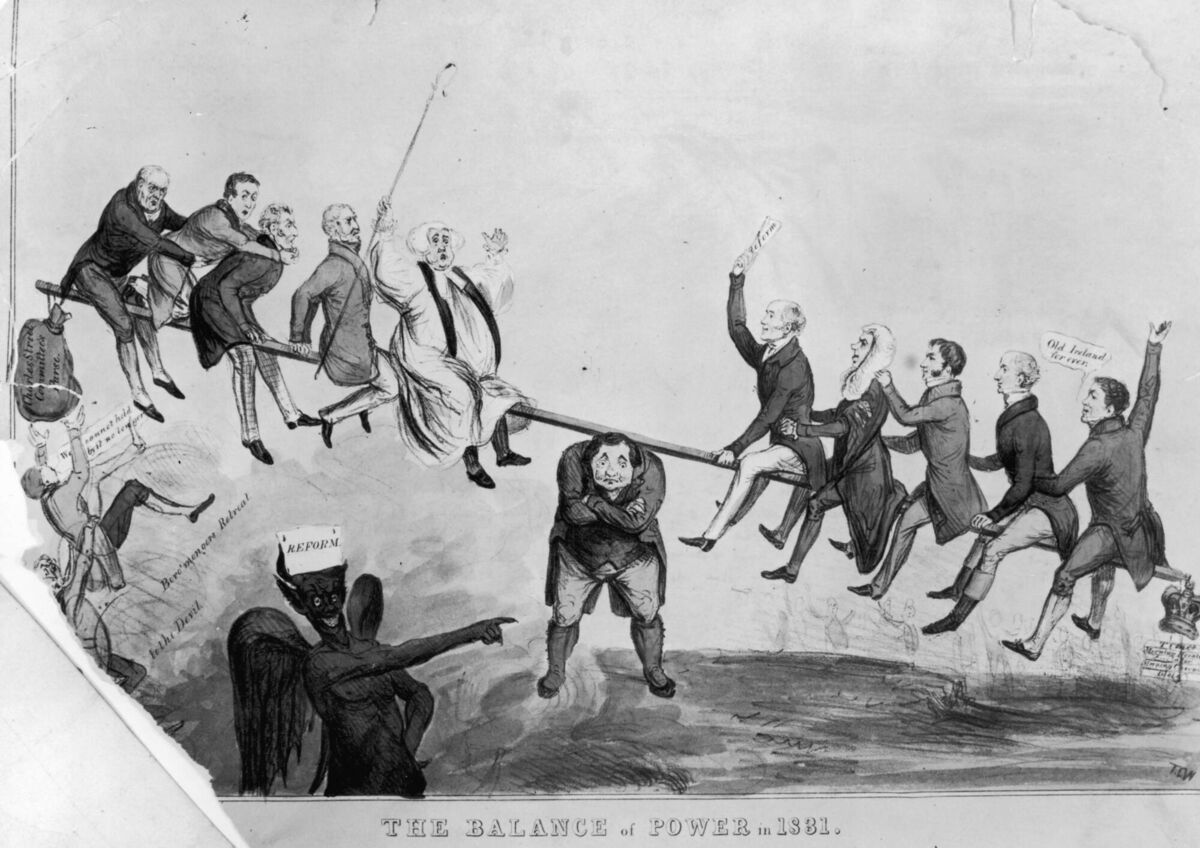
“He believed in Jewish emancipation and he fought for Jewish rights in the British Parliament. He believed in the emancipation of African Americans who are being held in slavery in the United States and became one of the greatest champions of freedom for those people in the 19th century.”
In Westminster he was a fiery advocate, adept at deploying his lawyerly capacity for argument and not a little wit. Malachi O’Doherty, in his book , compares O’Connell’s style to that of Ian Paisley.
In one attack on the British for their continued subjugation of Ireland’s democratic want he had a cut at Edward Sugden, who was the last English chancellor of Ireland.
“He is a pretty boy, sent here from England,” O’Connell said. “But I ask; did you ever hear such a name as he has got? I remember in Wexford, a man told me he had a pig at home which he was so fond of that he would call it Sugden.”
Later he would receive criticism for promoting the English language rather than speaking in Irish.
After emancipation he dedicated himself to chasing repeal of the union which had been law since 1800. In 1840, this campaign was stepped up with the formation of the Repeal Association.
In August 1843, he assembled a monster meeting at the Hill Of Tara, the original seat of the High Kings of Ireland. A reported one million people gathered to hear him. There were also meetings in the Curragh in Kildare and other locations around the country as his campaign to pursue repeal grew increasingly popular.
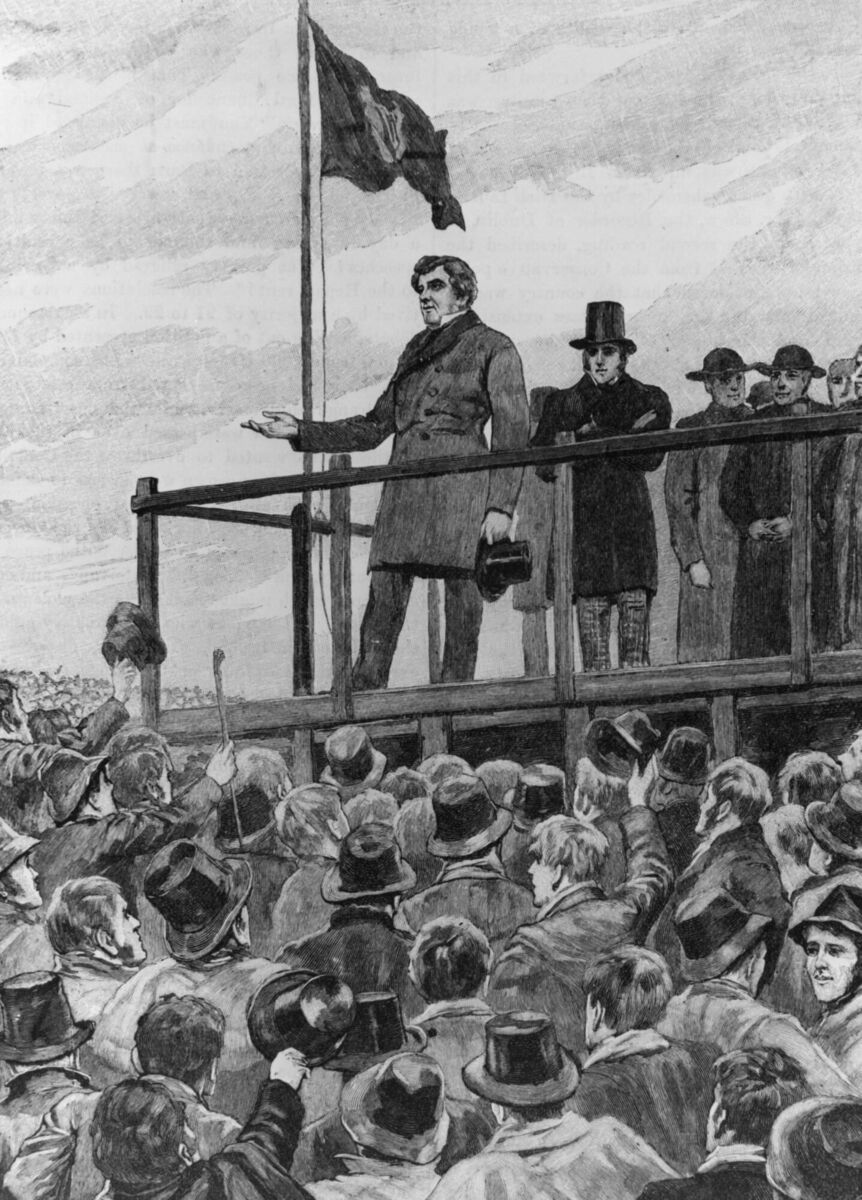
At these meetings, as the would recall in O’Connell’s subsequent obituary, “the Irish populace were drilled, and marshalled, and marched under appointed leaders, whose commands they obeyed with military precision, while the master-spirit who evoked and ruled this mass movement announced to all of Europe that he was ‘at the head of 500,000 loyal subjects but fighting men’.”
The last sentence betrayed the contempt that much of the British establishment had for O’Connell, not to mind his capacity to peacefully pursue his aims. Casting him as somebody who used the veiled threat of violence was inaccurate and designed to blacken his legacy.
Another monster meeting was scheduled for October 8, 1843, at Clontarf, scene of the last, most famous battle of Brian Boru. The British, however, decided that things were getting a little out of hand. Home secretary Robert Peel assembled 3,000 soldiers to ensure that the meeting would not go ahead and two gunships were also on hand nearby.
O’Connell backed off. He knew Peel and he knew he was not bluffing. O’Connell was subsequently prosecuted and spent three months in prison. On his release, now heading for 70 years of age, he never recovered the vigour or momentum that he had enjoyed up until the stand-off at Clontarf.
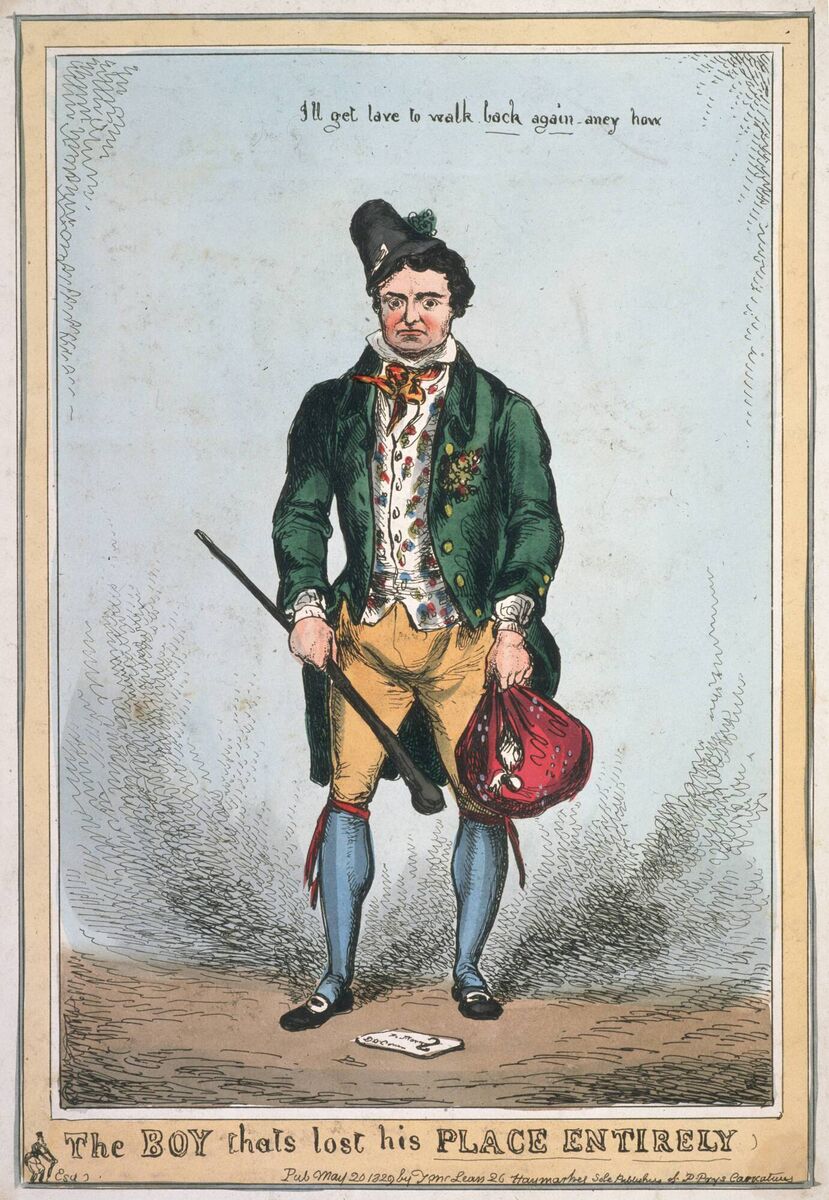
That event was to impinge hugely on his legacy, particularly in the wake of partition and the founding of the Irish state. At the time the radical faction, the Young Irelanders, within the Repeal movement agreed with his decision, but pretty soon after the sniping began.
But what would have happened? There would have been multiple fatalities and to what end? Those who like to retrospectively apply conditions that would later prevail in the early 20th century resort to claims that the bloodshed would have sparked the risen people. This simplistic narrative has it that revolution could have come about.
There is precious little evidence to back that up, even through the lens of simplistic revision. In 1843, Britannia ruled half the world by force. The conditions that would prevail in 1916 and beyond simply were not present and it is difficult to objectively imagine any outcome but needless death.
O’Connell took a strategic decision, one that sat with his lifelong allegiance to peaceful means, and he gave in.
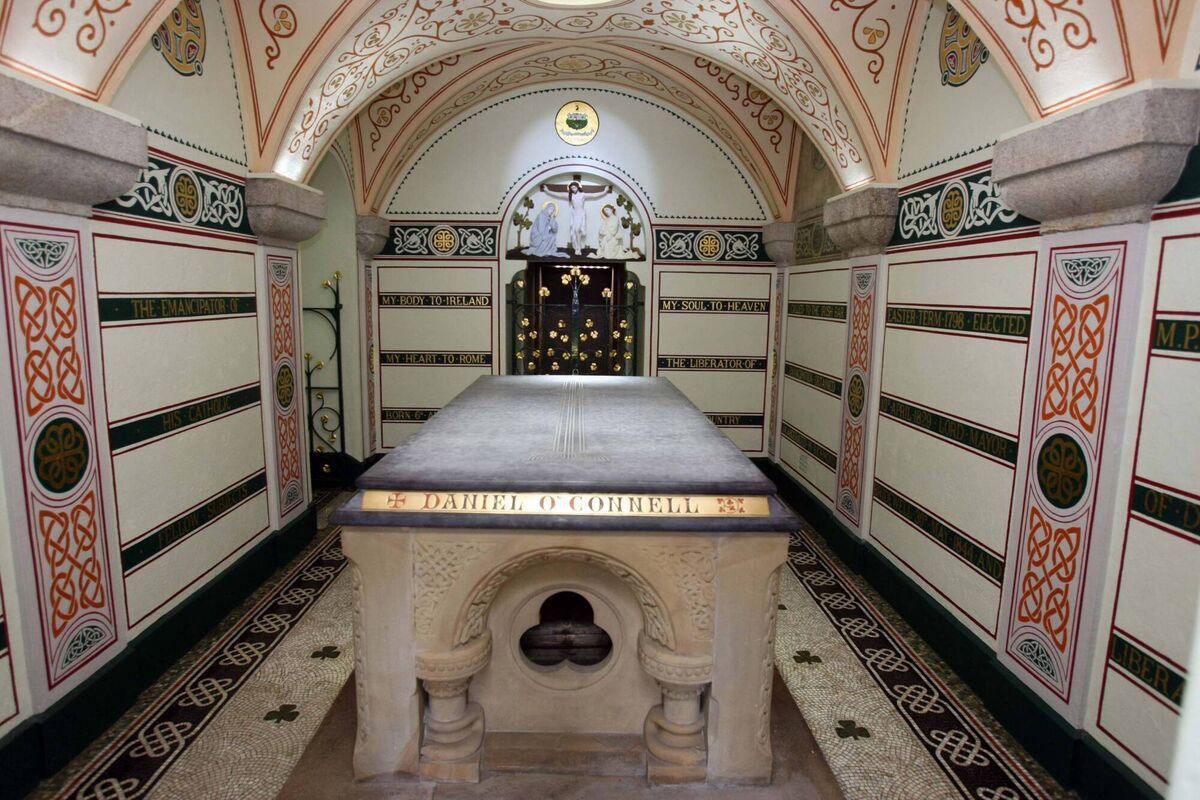
In modern times, chief among those who would condemn him as a choker are the contingent who supported, either in real time or retrospectively, the Provisional IRA’s campaign to allegedly finish off the job of removing Britain from this island. As history has shown they didn’t achieve that, despite plumbing depths of depravity, but once mired in violence it is apparently deemed necessary to claim that there never was any alternative.
Whatever about his status as greatest Irishman, O’Connell was indisputably the best politician in these islands. This he managed exclusively through the force of his personality and intellect. He knew what made his people tick.
He knew how to strategically use the British House of Commons to his best ends. Of course, he didn’t succeed in his ultimate goal, but at a time of empire that would have been beyond anybody, through peaceful or violent means.
Former Attorney General Paul Gallagher, in an essay in the on O’Connell, put it thus:
“O’Connell worked within the law, and gave hope to a downtrodden and helpless people. He was a champion for those who never had a champion. He was a voice for those who never had a voice. He gave self-respect to those who enjoyed no respect.
“He taught the People to disown servility and to develop the courage to oppose. In a real sense all the Catholic population of Ireland were his clients.”
Daniel O’Connell died on May 15, 1847, in Genoa on his way to see the pope. He was 71 and is buried in Glasnevin Cemetery, which he was involved in founding for the people of Dublin.



